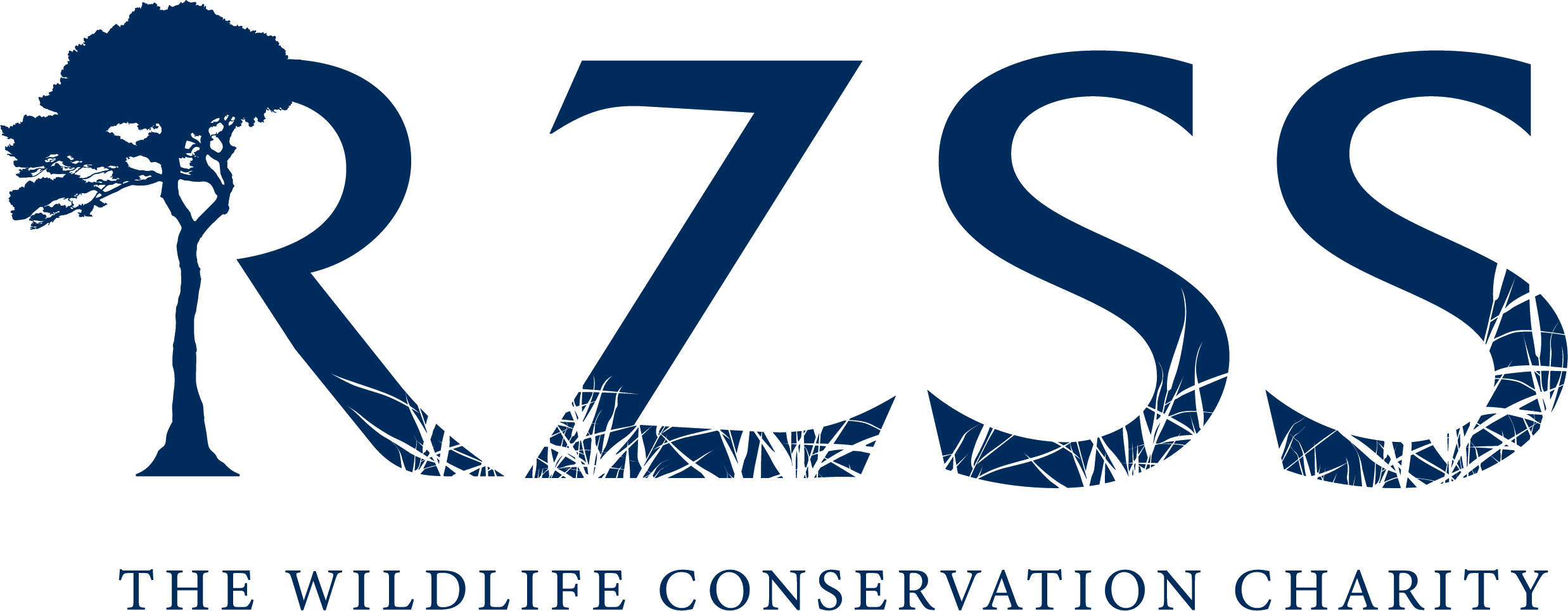
A beginner's guide to mini-beasts
‘Mini-beasts’ is a non-scientific term referring to invertebrates- animals without a back bone. They are found in almost all habitats on earth and play a vital role in ecosystems. They act as a food source for many vertebrate species, pollinate our plants and help to decompose organic matter, recycling nutrients.
They can be classified into six main groups using easily identifiable features:
Insects
the most recognisable class of invertebrates- all having six legs and three body segments (head, thorax, and abdomen). Insects are a diverse group including bees, wasps and ants, flies, butterflies, dragonflies and damselflies, beetles and bugs, grasshoppers and crickets. Insects provide important ecosystem services, for example bees and butterflies are pollinators for many of the food crops we eat and beetles are predators of common agricultural pests. The term ‘bugs’ is used colloquially to refer to invertebrates as a whole, but bugs are actually a specific group of insect. They are often confused with beetles but instead of the wings meeting neatly in the middle of the abdomen, bug wing cases overlap. Grasshoppers and crickets can be told apart by their antennae- crickets have long antennae, reaching at least the length of the body, whereas grasshoppers have short, stumpy antennae.
Myriapods (=many-feet)
includes centipedes and millipedes. Centipedes have only one pair of legs per segment, whereas millipedes have two. Their behaviour is also different as centipedes are predators and millipedes are herbivores. Centipedes are fast-moving, with flattened bodies whereas millipedes have a thicker, rounded exoskeleton that protects more of its body. Pill millipedes curl up into a tight ball when disturbed, exposing only its hard outer ‘exoskeleton’ to predators.
Gastropods (=stomach-foot)
includes snails and slugs, so-called because their stomach lies above their one muscular foot. They secrete slime, which helps them to move and they often reuse the same pre-slimed routes. They have two pairs of tentacles with which to sense their environment- the upper pair containing eyes, and the lower pair ‘feelers’. They scrape up plant material using a rough, rasping radula- a ribbon-like structure with horny teeth. You can see this process by placing a slug or snail in a see-through plastic container, and looking underneath. You can also see the wave-like movements of muscles in their foot.
Annelid worms
segmented worms. Each segment has strong circular muscles and four stiff bristles called setae, which are important for movement. As muscles contract, the segments become longer and thinner, and the body is pushed forward. Worms are ‘slimy’ as they need to keep their skin moist to breathe through. The oxygen mixes directly with their blood and is pumped around their body by their five hearts. The smoother, thicker section of the worm is called the saddle and contains the reproductive organs- both male and female, as worms are hermaphrodites. It is located towards the front end of the worm. It is not true that if a worm is cut in half, both sections will become ‘new’ worms. Only the section with the saddle will survive. Worms are important in recycling nutrients and aerating the soil.
Crustaceans
named for their hard, crust-like exoskeleton, which protects them from predators. These are mostly aquatic invertebrates such as crabs and shrimp. Woodlice are the only terrestrial crustacean. They are found in mild, humid environments, often amongst leaf litter or under logs. They are an important detritivore, breaking up leaf litter into smaller pieces and so encouraging decomposition. In order to grow crustaceans shed their tough exoskeleton and grow a new, larger one. Woodlice do this in a particularly interesting way, shedding the back half first, eating it to ingest the calcium, before shedding the front half, which is also often eaten.
Arachnids
8-legged invertebrates including spiders, harvestmen, ticks and scorpions. Spiders can be distinguished from harvestmen by the presence of a thin ‘waist’ between their head and abdomen. Spiders are predators, and spin a variety of differently shaped webs in which to catch their prey. They are useful to humans as they kill insect pests.